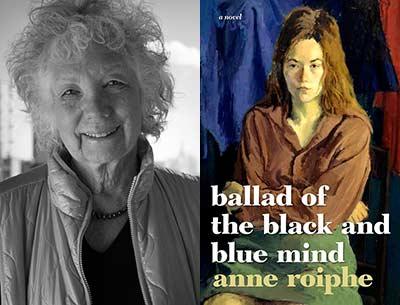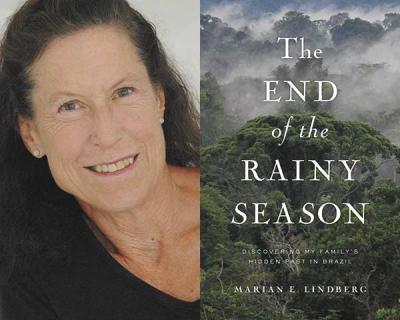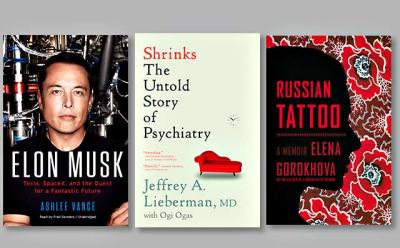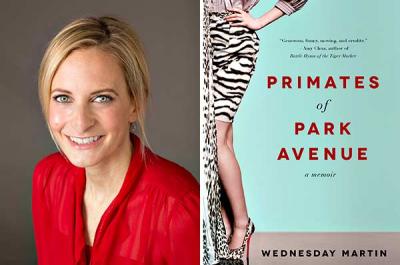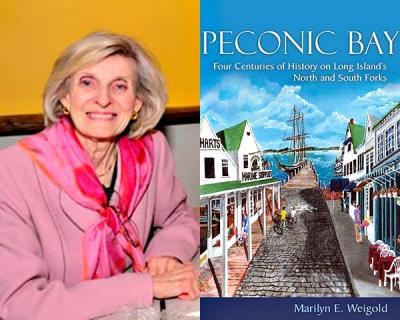Young Writer In a New Shop
Young Writer In a New Shop
Hunt & Light, a poetry publisher out of East Hampton and Brooklyn, is dedicated to advancing the work of young poets. On Saturday at 5 p.m., this will be manifested in the appearance of one Esther Mathieu at Harbor Books, the still-new shop on Main Street in Sag Harbor. She hails from Queens and is young enough to be studying at Colby College in Maine.
And speaking of newness, her debut collection, “Constellations,” is just the second published by Hunt & Light. The outfit’s founder is Lucas Hunt, late of Springs, whose poems and reviews have appeared in these pages previously.
Below is a selection from “Constellations.”
“Dreaming”
I want to have hands
that smell like bread dough and ink from all the things I've made
while the sun is still rising
over warm cups of tea,
water boiled in a bright-colored kettle
and poured into a mug on an old wood table.
I think if I typed on a red typewriter
and lived in a house full of noise I could watch quietly
I would be different.
But probably, all I really want
is to smell like morning,
and wear my hair in a sea-salted braid,
and use my hands to craft small eternities.


